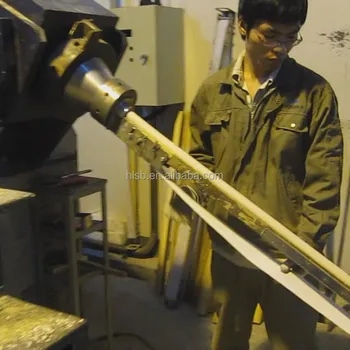Ceramic membranes are a type of artificial membranes made from inorganic materials such as alumina titania zirconia oxides silicon carbide or some glassy materials.
Ceramic membranes price.
Tang in membrane based salinity gradient processes for water treatment and power generation 2018.
Opex l j t this means that as far as the cost effectiveness of the ceramic membrane compared with the polymeric one is concerned the determining factor is the ratio of the term l j t for the two materials.
So the membrane replacement component of the opex is then approximately proportional to the ratio of the membrane cost l to the net flux j times the membrane life t.
Zhe yang chuyang y.
By contrast with polymeric membranes they can be used in separations where aggressive media acids strong solvents are present.
It starts by documenting established procedures of ceramic membrane preparation and characterization.
Three different types of materials are available ultrapure µalumina zirconia and titania.
They are used in membrane operations for liquid filtration.
Most ceramic membranes are made of alumina titania silica zirconia or mixture of these materials 93 the basic structure of ceramic membranes consists of a macroporous support layer and meso or microporous active layer.
Ceramic membrane ask price.
Commonly used materials for ceramic membranes are al2o3 tio2 zro2 and sio2 or a combination of these materials.
Ceramic membranes normally have with an asymmetrical structure with porous support active membrane layer the macro porous support ensures the mechanical resistance while the active layer.









